The new tutorial book from MPC-Tutor. Learn the art of sampling in JJOSXL with the JJOSXL Sampling Bible – 125 pages of practical and creative JJOSXL tutorials for the MPC1000 & MPC2500.

MPC tutorials for Akai MPC samplers from MPC-Tutor. The original MPC tutorial site which since 2002 has been bringing you hands-on MPC tutorials as well as MPC articles, MPC resources and MPC sounds for the MPC Live, MPC X, MPC X SE, MPC One, MPC One Plus, MPC Key, Akai Force, MPC Software, MPC Beats and all legacy MPCs. After checking out all the free MPC tutorials here, head over to MPC-Samples.com for our range of critically acclaimed MPC Tutorials & Courses and MPC Expansions.

The new tutorial book from MPC-Tutor. Learn the art of sampling in JJOSXL with the JJOSXL Sampling Bible – 125 pages of practical and creative JJOSXL tutorials for the MPC1000 & MPC2500.

Learn all the hidden JJOSXL shortcuts and tricks to speed up your workflow as you navigate more efficiently around JJOSXL on the MPC1000 and MPC2500.
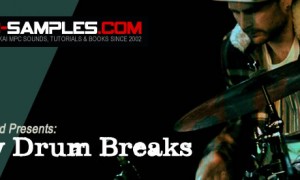
A collection of free live drum breaks, authentically recorded by UK drummer Timmy Rickard using authentic vintage recording techniques for a fat, warm classic sound.
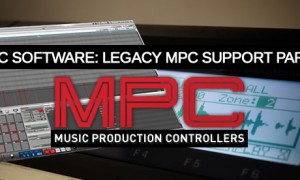
In this article I take a look at whether your old MPC4000 and MPC2000XL beats will load in version 1.2 of the MPC Software. I also revisit MPC1000/2500 support to highlight a new bug.
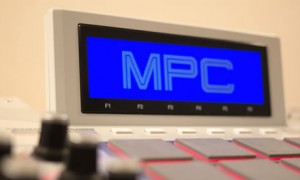
In this MPC Renaissance review, I specifically concentrate on the hardware itself, including build quality, design, features and improvements over previous flagship MPCs.

This Akai MPC 500 tutorial covers the basics of loading files and folders into your MPC 500.
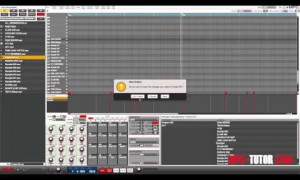
The first true in-depth MPC Renaissance Review – discover how your old MPC beats and projects will load in the new MPC Renaissance and MPC Software OS 1.0.
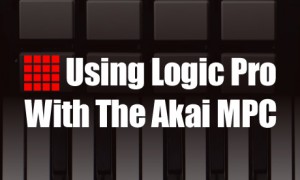
Learn how to sync your MPC with Logic Pro using MIDI Clock. Taken from our book ‘Using the Akai MPC With Logic Pro’.
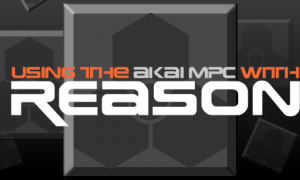
Learn how to configure software instruments in Reason 5 to be controlled by an MPC through different MIDI channels. Taken from our book, “Using the Akai MPC With Reason’

Learn how to import MPC MIDI sequences into Ableton Live as clips – this tutorial is suitable for all standalone MPCs.